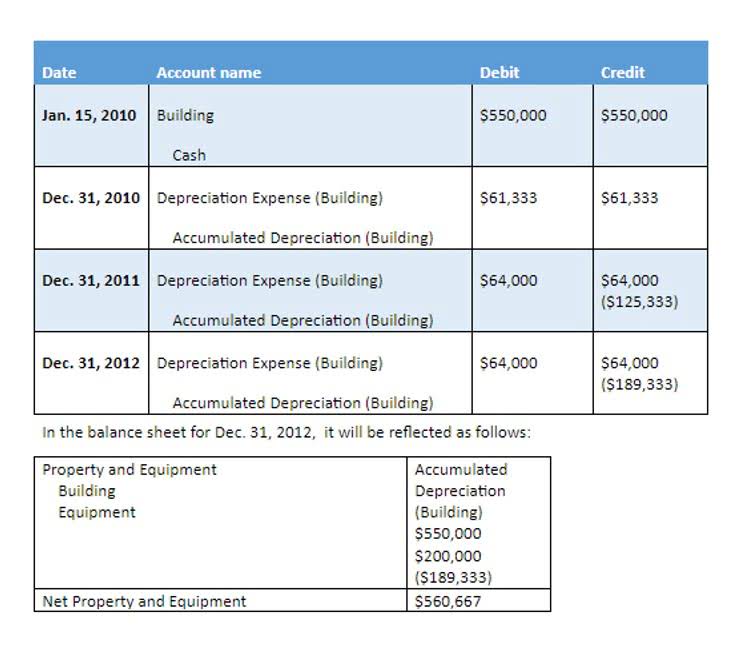
This shared understanding not only boosts employee confidence but also encourages their active participation in maintaining financial accountability. When employees feel confident interpreting financial information, they’re more likely to contribute meaningfully to discussions and decisions. Equip your teams income statement with the necessary tools and knowledge to understand financial data and its broader implications.
Financial Value Transparency & Gainful Employment (FVT/GE) FAQs

IFRS specify in detail how companies must maintain their records and report their expenses and income. They were established to create a common accounting language that could be understood globally by investors, auditors, government regulators, and other interested parties. International Financial Reporting Standards (IFRS) are a set of accounting rules Sales Forecasting for the financial statements of public companies that are intended to make them consistent, transparent, and easily comparable around the world.
The future of transparency in finance
Opting for Virtual CFO services India can provide financial reporting, risk management, and compliance assurance, contributing significantly to the accuracy and transparency of financial reporting. Ensuring accuracy and transparency in financial reporting is critical for any business looking to maintain stakeholder trust, comply with regulations, and make informed decisions. When a business practices financial transparency, it shares this information with its employees, stakeholders, and sometimes even the public. It’s not just about showcasing the positive aspects, like profits, but also being truthful about any challenges or financial obstacles the company may encounter.

Transparency FAQs
Regularly reviewing and updating your company’s transparency practices is essential to stay aligned with changing regulations, business goals, and stakeholder expectations. While transparency is essential, some financial details must remain confidential to protect the company’s competitive edge. Striking a balance between openness and confidentiality requires careful consideration. Developing policies that outline what information can be shared and what must remain private helps businesses navigate this challenge effectively. It must be a continuous practice, woven into every process and decision in the company.
- This report promotes transparency and accountability in the City’s Financial Management.
- They are also useful for non-financial stakeholders who may not have the expertise to understand complex financial information.
- Implementing robust audit trail systems and practices should be a priority for organizations seeking to ensure the accuracy and integrity of their financial information.
- The more clearly you link financial objectives to tangible actions within teams, the greater the engagement.
- In order to prevent public fund mismanagement, build citizen trust, and promote democratic accountability, transparency in government finance is essential.
- Establishing specific guidelines about what data will be disclosed, how it will be communicated, and how often it will be updated creates a reliable framework for information sharing.
Financial Value Transparency and Gainful Employment Information

For nondegree and graduate programs with failing D/E rates, prospective students will be required to acknowledge that they have viewed information provided through the Department’s program information website. The Department will be responsible for the content and delivery of the acknowledgements, for collecting the acknowledgment from students, and for informing institutions which students have completed the acknowledgment. Institutions are required to report information for students who were enrolled at the end of the most recently-completed award year and for students who completed the program or withdrew during the standard or transitional periods. However, the Department needs additional student-specific information from institutions to calculate the D/E and EP measures and to calculate other information that the Department will disclose to students. Financial visibility is the degree to which a company’s key financial information is easily and accurately accessible to its executives, whereas transparency extends much of this ability beyond the home office.
Fiscal transparency
Always question and look for the best ways to do things for your people and the business. Establishing clear objectives for what transparency means within the context of the organisation is essential. This involves defining specific metrics that align with organisational goals and stakeholder expectations. For instance, if an organisation aims to improve investor relations, it might focus on metrics related to earnings disclosures and investor communications. For example, if expense reporting reveals consistently high costs in a particular department, management can investigate further and implement cost-saving measures. This proactive approach not only optimises resource allocation but also contributes to overall organisational performance.
- It’s much easier to do this when there’s someone competent who can help you identify your blind spots.
- Maintaining accurate financial records requires strong internal controls to prevent errors and fraud.
- These changing tides make financial visibility and transparency an essential growth factor for any business, particularly seed- and growth-stage companies.
- Despite the clear benefits of financial transparency metrics, organisations often face significant challenges in achieving them.
- Additionally, financial transparency that extends beyond your business’s walls can also help to attract investors by positioning yourself as a trustworthy partner and your business as a sound investment.
- The IFRS system is sometimes confused with the International Accounting Standards (IAS), which are the older standards that the IFRS replaced in 2001.
A 50/50 split isn’t always the most what is financial transparency effective approach to marriage finances, but it can work for some people. Research indicates that couples who merge their finances tend to report higher relationship satisfaction than those who keep everything separate, but «merging» doesn’t necessarily mean combining all of your assets. This doesn’t mean sharing every minor purchase, but both partners should know each other’s income, savings, investments, and debts.
Financial transparency in public and governmental sectors
Investors and lenders are more likely to provide funding to organisations that exhibit a commitment to transparency. Transparency is the extent to which investors have ready access to required financial information about a company, such as price levels, market depth, and audited financial reports. Investors also require transparency with investment firms and funds surrounding the various fees that’ll be charged to them. Transparency in financial management involves being transparent and open about financial practices and decisions. Disclosing all relevant financial information to stakeholders in an understandable manner builds trust, accountability, and credibility within the organization. These tools can provide stakeholders with real-time updates, generate easy-to-understand reports, and even automate repetitive tasks, freeing up resources for more strategic initiatives.
